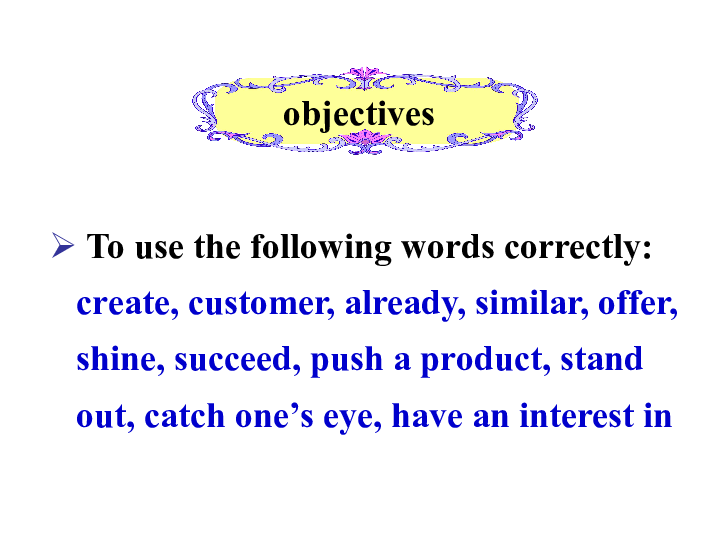How to Get Student Loan Cancelled: A Comprehensive Guide to Navigating Forgiveness Programs
Guide or Summary:How to Get Student Loan CancelledPublic Service Loan Forgiveness (PSLF)Teacher Loan ForgivenessTotal and Permanent Disability DischargeInco……
Guide or Summary:
- How to Get Student Loan Cancelled
- Public Service Loan Forgiveness (PSLF)
- Teacher Loan Forgiveness
- Total and Permanent Disability Discharge
- Income-Driven Repayment Plans
- Steps to Take
How to Get Student Loan Cancelled
#### Description:
Navigating the complexities of student loans can be overwhelming for many borrowers, especially when it comes to understanding the options available for cancellation or forgiveness. If you're asking yourself, "How to get student loan cancelled?" you're not alone. Millions of Americans are seeking relief from the burden of student debt, and fortunately, there are various programs and strategies designed to help you achieve this goal. In this comprehensive guide, we will explore the different avenues available for student loan cancellation, the eligibility criteria, and the steps you can take to secure financial relief.
First and foremost, it’s important to understand that not all student loans are created equal. Federal student loans, such as Direct Loans, Perkins Loans, and FFEL Loans, have different cancellation options compared to private student loans. If you have federal loans, you may qualify for several forgiveness programs, including Public Service Loan Forgiveness (PSLF), Teacher Loan Forgiveness, and Total and Permanent Disability Discharge.
Public Service Loan Forgiveness (PSLF)
One of the most popular programs for federal student loan cancellation is the Public Service Loan Forgiveness program. This initiative is designed for borrowers who work in qualifying public service jobs, including government organizations, non-profit entities, and certain types of education and healthcare positions. To qualify for PSLF, you must make 120 qualifying monthly payments under a qualifying repayment plan while employed full-time by a qualifying employer.

To start, ensure that you have the right type of loans—only Direct Loans are eligible for PSLF. If you have other types of federal loans, you can consolidate them into a Direct Consolidation Loan. After making your payments, you can submit the Employment Certification Form annually or whenever you change employers to track your progress toward forgiveness.
Teacher Loan Forgiveness
Another option for those in the educational field is the Teacher Loan Forgiveness program. If you teach full-time for five consecutive years in a low-income school or educational service agency, you may be eligible for forgiveness of up to $17,500 on your Direct Loans or Stafford Loans. Eligibility requirements include being a highly qualified teacher and meeting specific criteria related to the school’s income level.
Total and Permanent Disability Discharge
If you are facing a total and permanent disability, you may qualify for a Total and Permanent Disability Discharge. This program allows borrowers who are unable to maintain substantial gainful activity due to a physical or mental impairment to have their federal student loans discharged. To apply, you will need to provide documentation from the Social Security Administration or a physician confirming your disability status.
Income-Driven Repayment Plans
While not a cancellation option per se, income-driven repayment (IDR) plans can significantly reduce your monthly payments based on your income and family size. After 20 or 25 years of qualifying payments under an IDR plan, any remaining balance may be eligible for forgiveness. It’s essential to recertify your income and family size annually to maintain your eligibility for these plans.

Steps to Take
1. **Assess Your Loans**: Determine whether you have federal or private loans. If you have federal loans, identify the types you have and their eligibility for forgiveness programs.
2. **Research Options**: Familiarize yourself with the various forgiveness programs available. Each program has specific eligibility criteria and application processes.
3. **Gather Documentation**: Collect necessary documents, such as employment verification, income information, and any medical records if applying for disability discharge.
4. **Apply**: Follow the application process for the chosen forgiveness program. Ensure that you submit all required forms and documentation.

5. **Stay Informed**: Keep up with changes in student loan policies and forgiveness programs, as these can evolve over time.
In conclusion, if you’re wondering how to get student loan cancelled, there are numerous resources and programs available to help ease your financial burden. By understanding your options and taking proactive steps, you can work towards achieving student loan forgiveness and securing a brighter financial future. Always consider consulting with a financial advisor or a student loan expert to help navigate the process effectively.